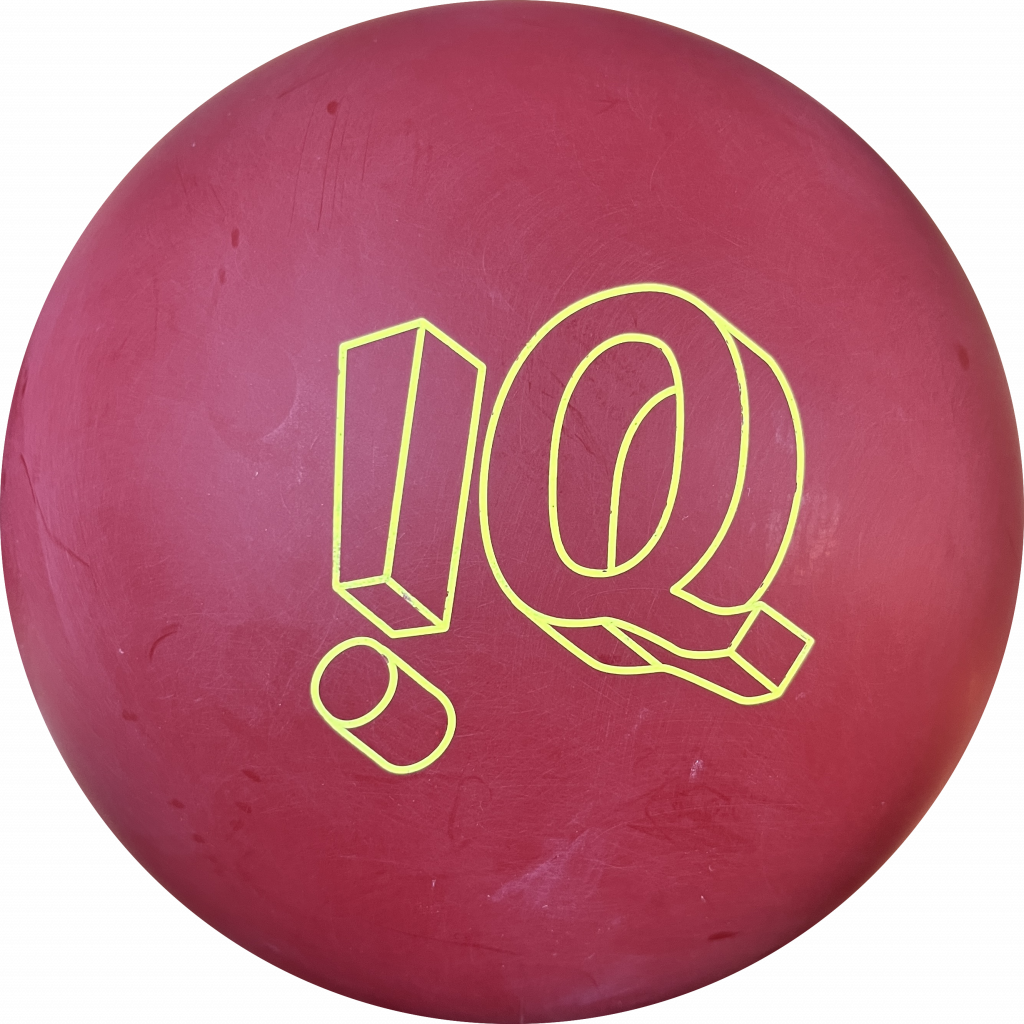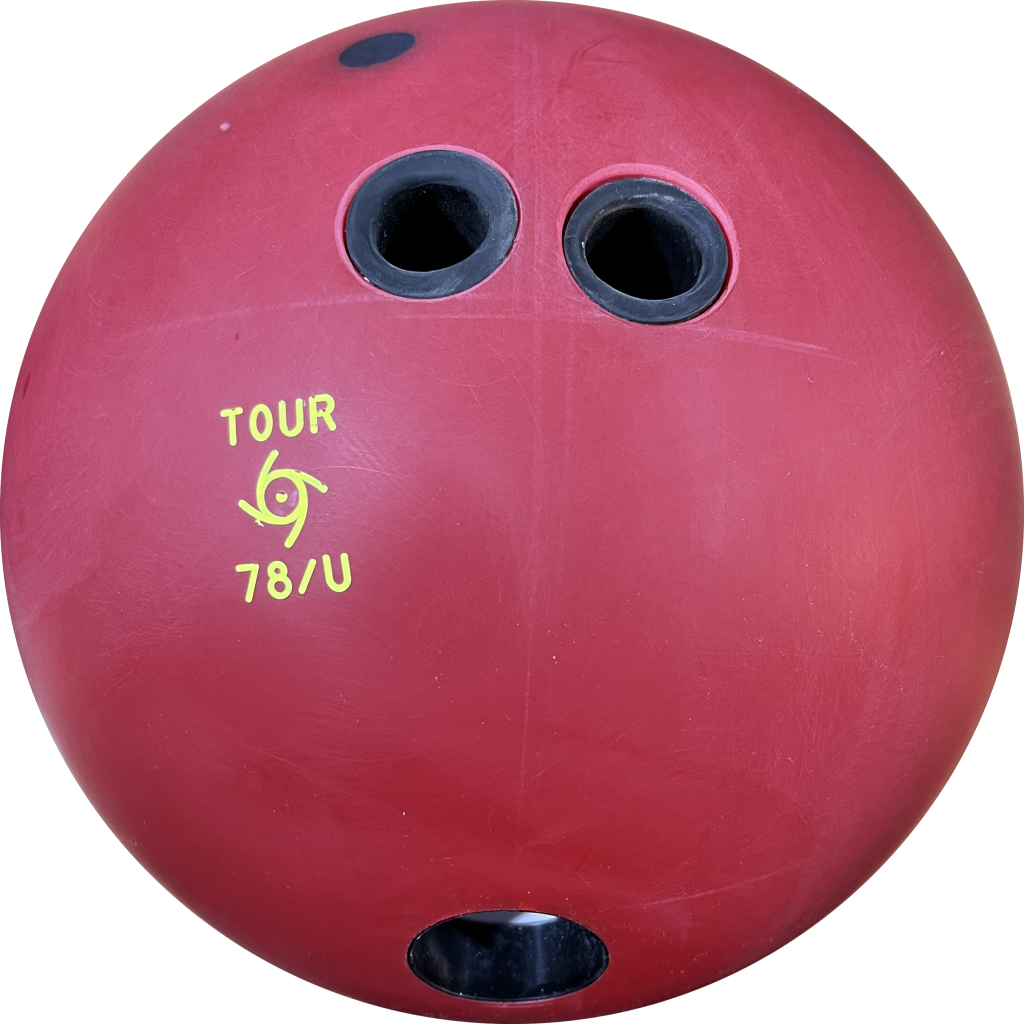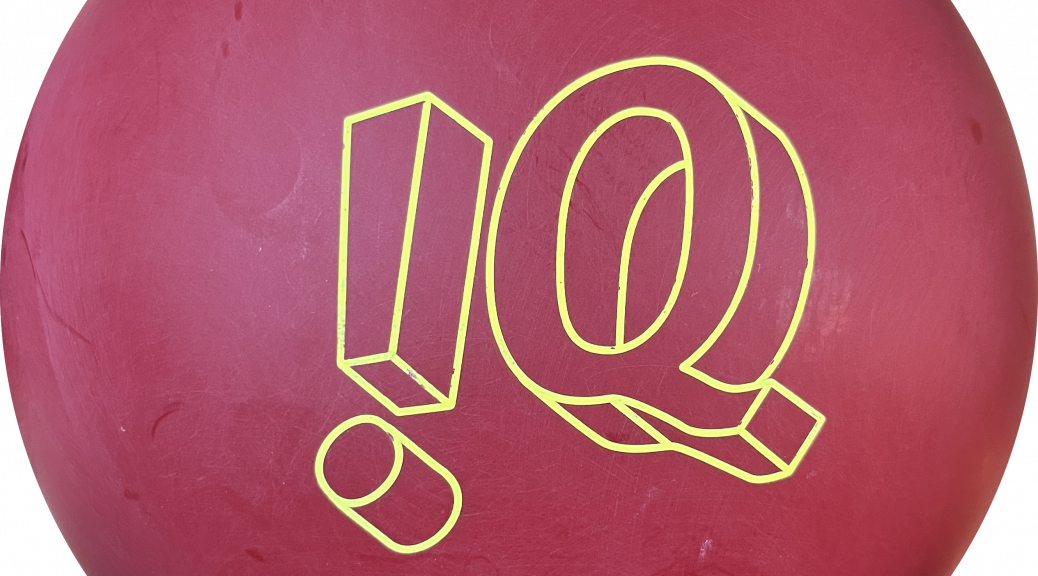

First Impressions
Well this is probably the first and last impression of the Storm IQ Tour 78U which is that as is, this is not going to really be a go to for house shots. But there is a lot to discuss in between.
Tamer Elbaga (Lefty)
Style: Tweener
RPM: 330 rpm
PAP: 5 & 3/8 up
Average Speed: 18.5 mph (at release)
Axis tilt: low
Axis rotation: medium/high
Test Equipment: 14 Pounds
Layout: 4 x 35
Bryan Hoffman (Righty)
Style: Stroker
RPM: 280 rpm
PAP: 4 1/2 & 1 1/2 up
Average Speed: 18.5 mph (at release)
Axis tilt: high
Axis rotation: medium
Test Equipment: 14 Pounds
Layout: 4.5 x 50
Tyler Church (Righty)
Style: Power Player
RPM: 450 rpm
PAP: 5 1/2 & 1/2 up
Average Speed: 19 mph (at release)
Axis tilt: med
Axis rotation: medium
Test Equipment: 14 Pounds
Layout: 5 x 50
“Keep in mind that coverstock accounts for 70% of ball reaction, but the core creates the dynamic shape of the reaction. Your driller will alter the shape to suit your game.”
Pattern
THS: 42ft, 23ml
Sport: TBD
Specs
The Storm IQ Tour 78U uses the Centripetal C3 symmetric core inside the Control 78 Urethane Solid coverstock.
15 pound = RG of 2.49, diff of .029
14 pound = RG of 2.54, diff of .034
Coverstock finish: 500 grit abralon
Well this is probably the first and last impression of the Storm IQ Tour 78U which is that as is, this is not going to really be a go to for house shots. But there is a lot to discuss in between.
Overall
Alright, where to begin. The IQ Tour 78U is supposed to be an answer to a question nobody raised. Well it’s one that the PBA raised about urethane hardness, requiring all future balls classified as urethane start with a 78 hardness on the durometer hardness scale. You’ve probably all heard the background but to recap, balls like the Purple Hammer that may start at 72 hardness, get softer with time and use (up to 5 points) so they hook a bit more and I guess that means they create a shape that is hard to find elsewhere. I guess the latter point would be the only real relevant reason for any of this crap about hardness to matter. So the PBA has decided to require manufacturers to create new urethane balls with a harder shell so that as they soften up, they never get below 72 which is the ultimate required minimum hardness. The harder a ball is, the more it will resist oil absorption and will naturally go longer. I also want to point out that USBC has decided to release comments without pomp and circumstance that they have no such rules for USBC sanctioned bowling due to their data showing it doesn’t make enough of a difference that it softens, kind of saying, so what that it softens? I kind of ask the same thing considering how many type of ball reactions we have available. Maybe it’s because urethane doesn’t tend to work amazingly well on house shots anyway and there is a huge likelihood that urethane with 78 hardness will even be useless on typical house conditions, ahem…
So moving on a bit, different manufacturers have decided to address this via different solutions. Time will be the judge of who solved it better. For Storm, they made a new urethane material that is 78 hardness to meet the requirement while attempting to have it still roll like modern urethane. Hammer for example, decided to basically develop a non-urethane ball to mimic a urethane shape. The difference between urethane and reactive is ultimately the plasticizer added to make the reactive resin. There is actually a few great videos out there explaining this more technically. There is so much to uncork here but I’d like to leave it here and just get on with what the balls do. Sufficed to say, I would prefer USBC maintains their current position which will allow immensely more usable balls like the Pitch Black and Purple Hammer to stay available to league bowlers.
So now onto the testing of the IQ Tour 78U. As said, Storm says this is urethane that complies with the new PBA rules. Should that matter to the average bowler, in my opinion no. My opening statement alludes to why. Essentially, you have a very hard ball that even with 500 grit, kind of struggles to read the lane. It looked better on 45ft Dick Weber pattern, just to make the point. The 78U kind of had us boxed in, or I should say lasered into a very specific board or 2 to work on a house shot. The heavy outside friction had the ball way overhooking. Once you got inside, the ball goes 60 feet. You can find that little sliver where there’s just enough oil and friction to get it to the pocket but the inconsistency of entry was noticeable to be frank. It really tells the story of why urethane in general is just not particularly conducive to a house shot shape. House shot is designed with bone dry on the outside, very wet on the inside, creating a huge half pipe that funnels everything to the pocket. But when a ball has no read in the middle and too much read in the outside, it takes away all room the house shot is designed to give you. It’s not like I couldn’t get it to work at all but it’s unnecessary hard work. Additionally, hard balls will still carry oil down lane and urethane carrydown is typically noticeable. So you dry up the fronts and muddy the end of the pattern which can make for an extremely long night in transition. I will highlight that any ball with low flare will damage the lanes this way but most urethane balls have low flare in an attempt to conserve as much energy as possible since the cover starts it so early. I understand Storm’s design intent by trying to get a little stronger core in a hard urethane ball but yeah it’s honestly fairly meh for this house shot. To note, the IQ Tour 78U also lane shine a little faster than traditional urethane so it’s not quite true urethane in that sense. I actually think that more surface will be needed to make sense out of this ball that going to 180 or 360 is going to be chewing up the lanes for sure.
For Tyler, you will see that he can do a lot more with the ball even getting it to carry from beyond 3rd arrow. I wouldn’t say it looked fabulous but he could get it to work. Or I should say, he definitely needed to steer clear of the heavy friction and use his hand and the ball cover and core read to get the ball to turn over. For me I wanted the friction on lane to do that for me. If you watch some of the more direct shots they turn over like bananas. And those are not fresh ball shots. On the contrary, they were even after at least a game was on the ball. It’s just how hard the surface and his rotation and rev rate read the pattern or lack of existence of one on the outside of the lane. So he needed to find an area that was playable and that was closer to the 3rd arrow. There is still mixed carry and drive which is a challenge. Again, I don’t think it’s all bad but just unncessarily tricky.
Bryan was next and it was a slight variation on the tale told already. Again it was a little too quick responding in the heavy friction. This is typically a characteristic of reactive so there’s a hmmm there. But the concern was that if he got in, it just wouldn’t drive. Now although the reaction wasn’t the prettiest, it did hit light and carry a decent amount truth be told. He had to belly it to the dry to get some reaction but it did make the very arcy move. To get it to work, he really had to try to flirt with playing it very high flush to too high. There is some benefit to the urethane type control where it just arcs its way over to the pocket.
Final Thoughts
You know, I don’t want to sound like i’m totally poo pooing the IQ Tour 78U. I am kind of poo pooing the whole notion of forcing 78 hardness but I’m not currently bowling any PBA tournaments so not very worried about it. However, I do bowl almost exclusively on sport shots except for these tests and would be very sad if I couldn’t use my favorite urethane balls on them. I’m not certain if the manufacturers have a good solution yet although with time I imagine they will perfect a solution. But for a house shot, I just see the 78U being very tricky and niche to use and that’s the bottom line.
Thanks for watching.

